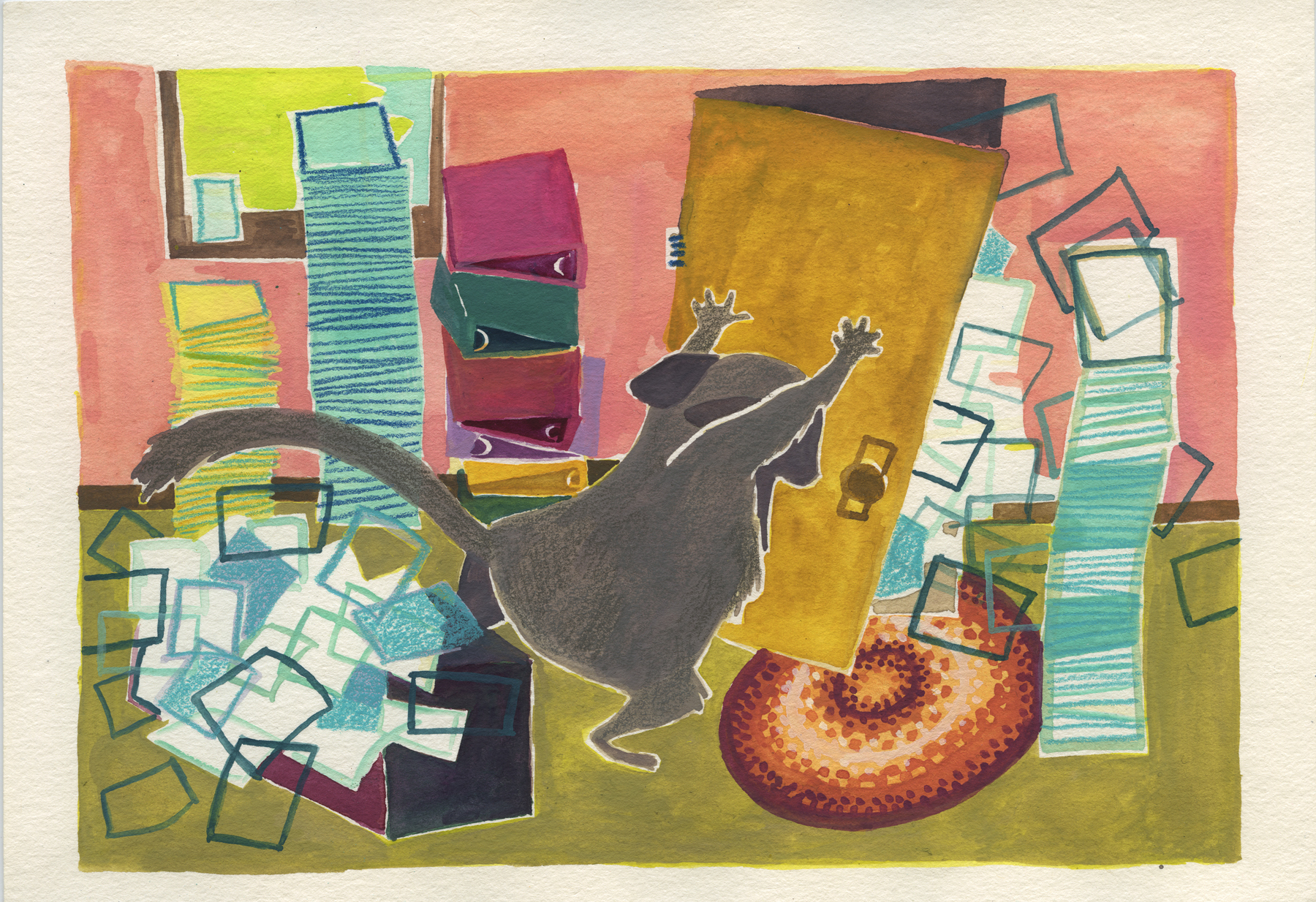Difference between revisions of "Digital Hoarding"
Caseorganic (Talk | contribs) |
Caseorganic (Talk | contribs) |
||
| Line 5: | Line 5: | ||
===Causes=== | ===Causes=== | ||
| − | + | Electronic devices are now larger on the inside than than they are on the outside. Digital artifacts do not take up any physical space. This allows one to add more and more information to a hard drive, server or device without it getting heavier. It takes less time to capture a piece of information and store it than it takes to take that piece of information out, whether by printing, exchanging, reviewing, etc. Digital cameras, E-mail clients and hard drives make it very easy to add information to them, and this information can be stored or written in excess. It easier to save and create than to destroy. A system that is 5 inches wide and 200 miles deep allows for invisible hoarding, and because of this hoarding behaviors may not be easily detected or treated. | |
| − | + | ||
| − | + | ||
| − | + | ||
| − | + | ||
| − | + | ||
==References== | ==References== | ||
Revision as of 00:43, 24 October 2011
Definition
The act of hoarding material or information for a later date utilizing the space by saving, archiving or storing it in some kind of digital format.
Causes
Electronic devices are now larger on the inside than than they are on the outside. Digital artifacts do not take up any physical space. This allows one to add more and more information to a hard drive, server or device without it getting heavier. It takes less time to capture a piece of information and store it than it takes to take that piece of information out, whether by printing, exchanging, reviewing, etc. Digital cameras, E-mail clients and hard drives make it very easy to add information to them, and this information can be stored or written in excess. It easier to save and create than to destroy. A system that is 5 inches wide and 200 miles deep allows for invisible hoarding, and because of this hoarding behaviors may not be easily detected or treated.
